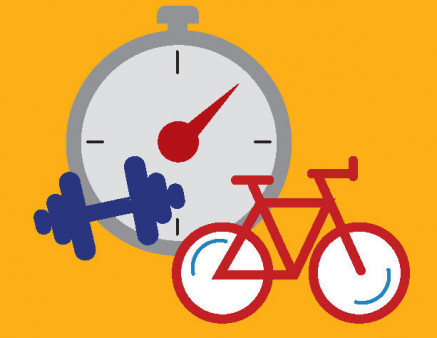Before starting a new exercise regimen, check with your health care provider, especially if you are older or have existing health conditions. Almost everyone can find a level and type of activity that is safe and beneficial for them.
If you’re just starting out, build up slowly—for example, by bicycling several more minutes each day or lifting a bit more weight each time you work out. Joining a gym or taking a class gives you access to equipment you don’t have at home and can motivate you to exercise regularly. Community gyms, such as the YMCA, may offer free or
low-cost memberships. A personal trainer or fitness coach can help design an exercise program that’s right for you.
Exercise is generally safe, but it’s important to know your limits. Overtraining can lead to muscle pain and fatigue, and pushing yourself too hard—for example, by lifting too much weight or not paying attention to your form and posture—can increase the risk for injury. If you’re not feeling well, skip a day or more.
If you’re just starting to exercise, take it slow and increase your activity gradually. To reduce the risk for injury, stretch and warm up at the beginning of every exercise session.
Don’t forget to get enough sleep, eat a healthy diet and drink plenty of water before, during and after exercising. Listen to your body: It will tell you when you can step up the pace or need to slow down or take a break.
This is an excerpt from the “HIV and Exercise” Basics.







Comments
Comments